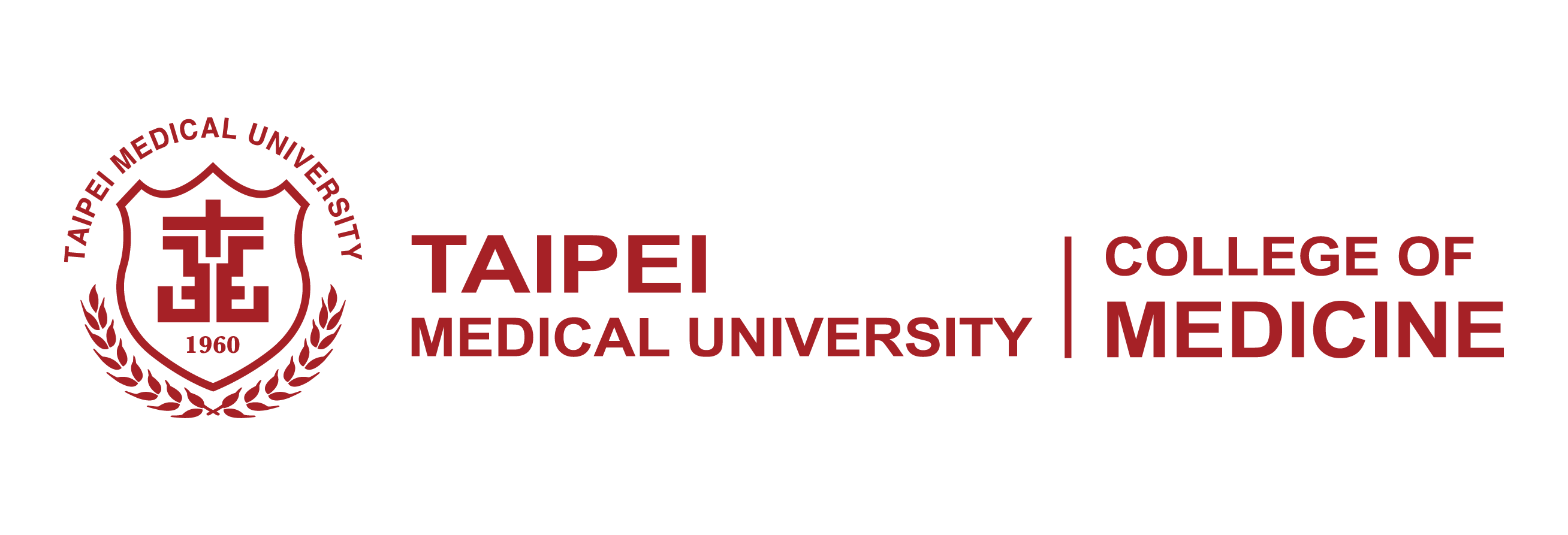Research | Departments
Research
Departments
Research | Departments
Research
Departments
Research Focus:
Rotation Hospital
Taipei Medical University Hospital
| Program Director / Supervisor | Dr. Chun-Yao Huang |
|---|---|
| Duration | Min: 1 week / Max: 2 weeks |
| Prerequisites | Final year in medical school |
| Additional Requirements | nil |
| Link | https://english.tmuh.org.tw/Department/AB |
| Content | 1.EKG 2.Hypertension 3.Heart Failure 4.Coronary Artery Disease 5.Shock 6.Arrhythmia 7.Valvular Heart Diseases 8.Peripheral arterial Disease 9.Cardiomyopathy and Pericardial Disease |
Wanfang Hospital
| Program Director / Supervisor | Dr. Lin Yung-Kuo |
|---|---|
| Duration | 1-2 weeks |
| Prerequisites |
|
| Additional Requirements | Nil |
| Link | http://www.taiwanhealthcare.com/english/thc0201a.aspx |
| Content | Education Objectives of our medical students in our division: A. Knowledge to be gained 1. To understand the pathophysiology, clinical manifestations, diagnosis and management of cardiology problems, including hypertension, ischemic heart disease, valvular heart disease, arrhythmia, and heart failure, with emphasis on the commonly seen by a specialist in the out-patient clinic setting. 2. To be familiar with the clinical manifestations and principles of treatment of major cardiology emergencies, including AMI, heart failure with/without cardiogenic shock, PSVT, and VT/Vf. 3. To get familiar with the indications, principles, complications, and interpretation of cardiology tests, that include electrocardiography, echocardiography, 24 hours Holter’s electrocardiography, treadmill electrocardiography, thallium scan, and coronary angiography. B. Skills to be acquired 1. To have ability to take a good medical history and perform a careful and accurate physical examination. 2. To be able to write concise, accurate and informative histories, physical examinations and progress notes. 3. To be able to formulate comprehensive and accurate problem lists, differential diagnoses and plans of management. 4. To be able to write concise, accurate, informative and helpful consultation notes, clearly outlining the recommendations and explaining their rationale. 5. To be able to search efficiently and evaluate the medical literature, including print and electronic media, in order to find pertinent and accurate information about a patient or condition. C. Desirable behavior 1. Able to interact with patients and families in a professionally appropriate manner. 2. Able to learn by participation in ward rounds, teaching conferences and other educational activities. 3. Willing and able to teach medical students. 4. Willing and able to help the requesting physician in a consultative or co-management capacity, according to the needs of the situation. 5. To be able to have a habit of considering the cost-effectiveness of diagnostic and treatment strategies. 6. Able to appreciate social context of illness. For Foreign Clinical Observer: 1. Clinical observer from other countries will participate together with our 5th and 6th year medical students during the rotation period. 2. Applicants need to be current medical students or graduates from a university or an equivalent institute in another country. 3. All submitted application forms must be written in English or Chinese. 4. Applicants need to provide health records and current immunization records in addition to proof of personal health/accident insurance with overseas coverage, or proof of national health insurance. 5. For safety reasons, students are strictly prohibited from making any clinical decisions or physician behavior; including inquiring or touching the patient, diagnosing or giving advised on any medical issues during the program, even if the applicant holds a medical doctor license in a foreign country. |
Shuang Ho Hospital
| Program Director / Supervisor | Dr. Wen-Rui Hao |
|---|---|
| Duration | Min: 1 week / Max: 4 weeks |
| Prerequisites | Final year in medical school |
| Additional Requirements | nil |
| Link | http://shh.tmu.edu.tw/Shh_EnWeb/enUI/C/C10110.aspx?id=AB |
| Content | 1. Arteriosclerosis/coronary artery disease 2. Hypertension 3. Valvular heart disease 4. Hyperlipidemias 5. Acute coronary syndrome 6. Cardiac Arrhythmias 7. Congestive Heart Failure 8. Cardiomyopathy 9. Peripheral artery disease |







 Total Users : 310353
Total Users : 310353
 Division of Hematology and Oncology
Division of Hematology and Oncology 